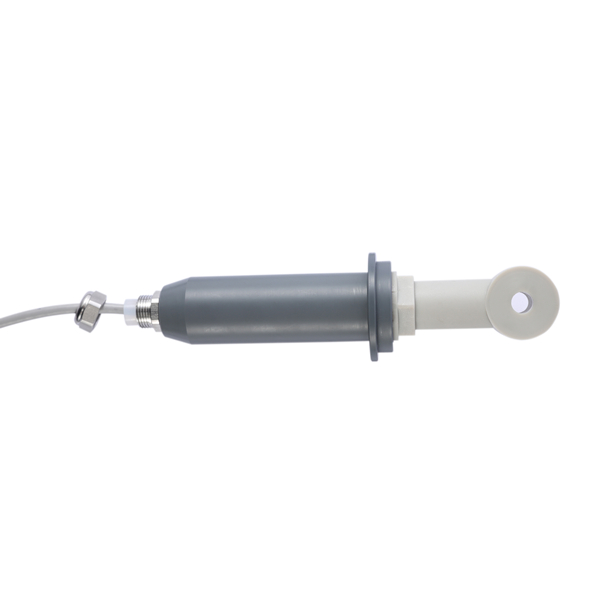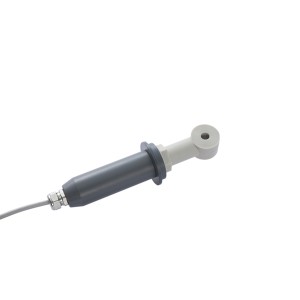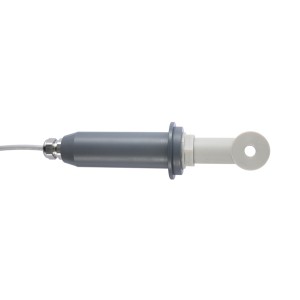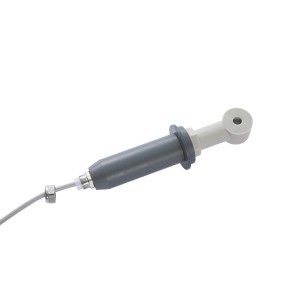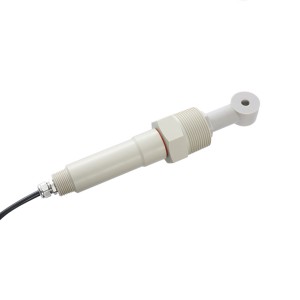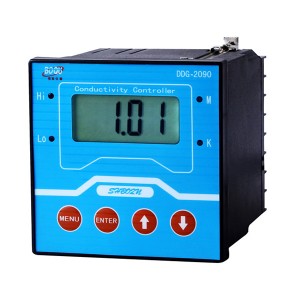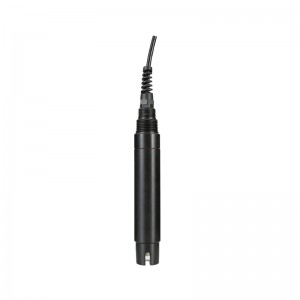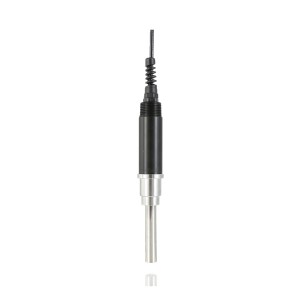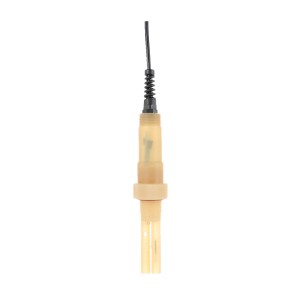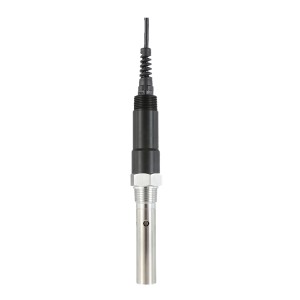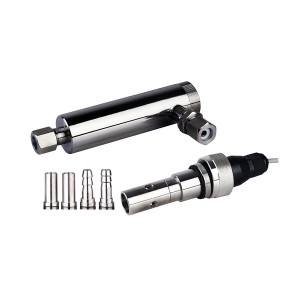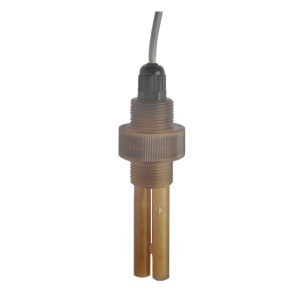Features
1. Performance in harsh chemical environments is excellent, chemical resistant material manufactured by the electrode is not polarized interference, to avoid dirt, grime and even affect fouling layer covering phenomena such as very poor, simple and easy to install so it's a very wide range of applications. Design electrodes applied to a high concentration of acids (such as fuming sulfuric acid) environment.
2. English acid concentration meter use, high accuracy, and high stability.
3. Conductivity sensor technology eliminates clogging and polarization errors. Used in all areas of contact electrodes may cause blockage which has a high performance.
4. Large aperture sensor, long-term stability.
5. Accommodate a wide range of brackets and use common bulkhead mounting structure, flexible installation.
1. Maximum pressure (bar): 1.6MP
2. Electrode body materials: PP, ABS, PTFE optional
3. Measuring range: 0 ~ 20ms/cm,0-200ms/cm,0-2000ms/cm
4. Accuracy (cell constant):. ± (+25 us to measure the value of 0.5%)
5. Installation: flow-through, pipeline, immersion
6. Pipe installations: pipe threads 1 ½ or ¾ NPT
7. Output signal: 4-20mA or RS485
Conductivity is a measure of water’s capability to pass electrical flow. This ability is directly related to the concentration of ions in the water 1. These conductive ions come from dissolved salts and inorganic materials such as alkalis, chlorides, sulfides and carbonate compounds 3. Compounds that dissolve into ions are also known as electrolytes 40. The more ions that are present, the higher the conductivity of water. Likewise, the fewer ions that are in the water, the less conductive it is. Distilled or deionized water can act as an insulator due to its very low (if not negligible) conductivity value 2. Sea water, on the other hand, has a very high conductivity.
Ions conduct electricity due to their positive and negative charges 1. When electrolytes dissolve in water, they split into positively charged (cation) and negatively charged (anion) particles. As the dissolved substances split in water, the concentrations of each positive and negative charge remain equal. This means that even though the conductivity of water increases with added ions, it remains electrically neutral 2
Conductivity/Resistivity is a widely used analytical parameter for water purity analysis, monitoring of reverse osmosis, cleaning procedures, control of chemical processes, and in industrial wastewater. Reliable results for these varied applications depend on choosing the right conductivity sensor. Our complimentary guide is a comprehensive reference and training tool based on decades of industry leadership in this measurement.
Conductivity is the ability of a material to conduct electric current. The principle by which instruments measure conductivity is simple—two plates are placed in the sample, a potential is applied across the plates (normally a sine wave voltage), and the current that passes through the solution is measured.

